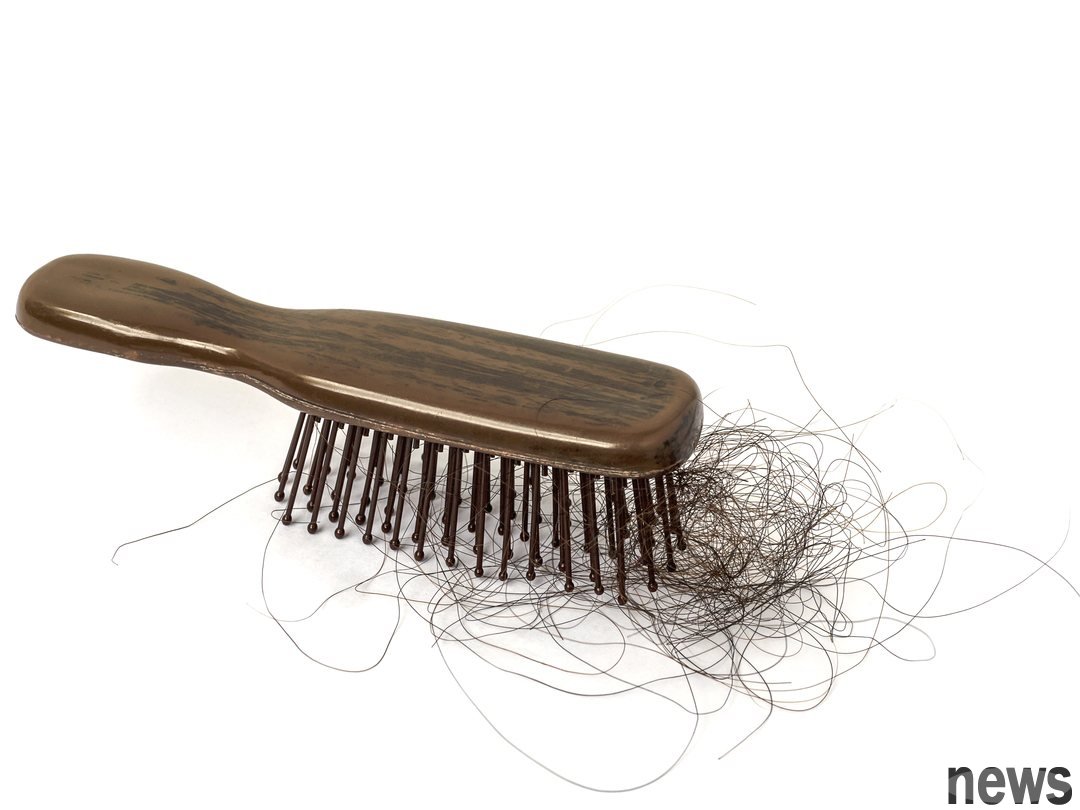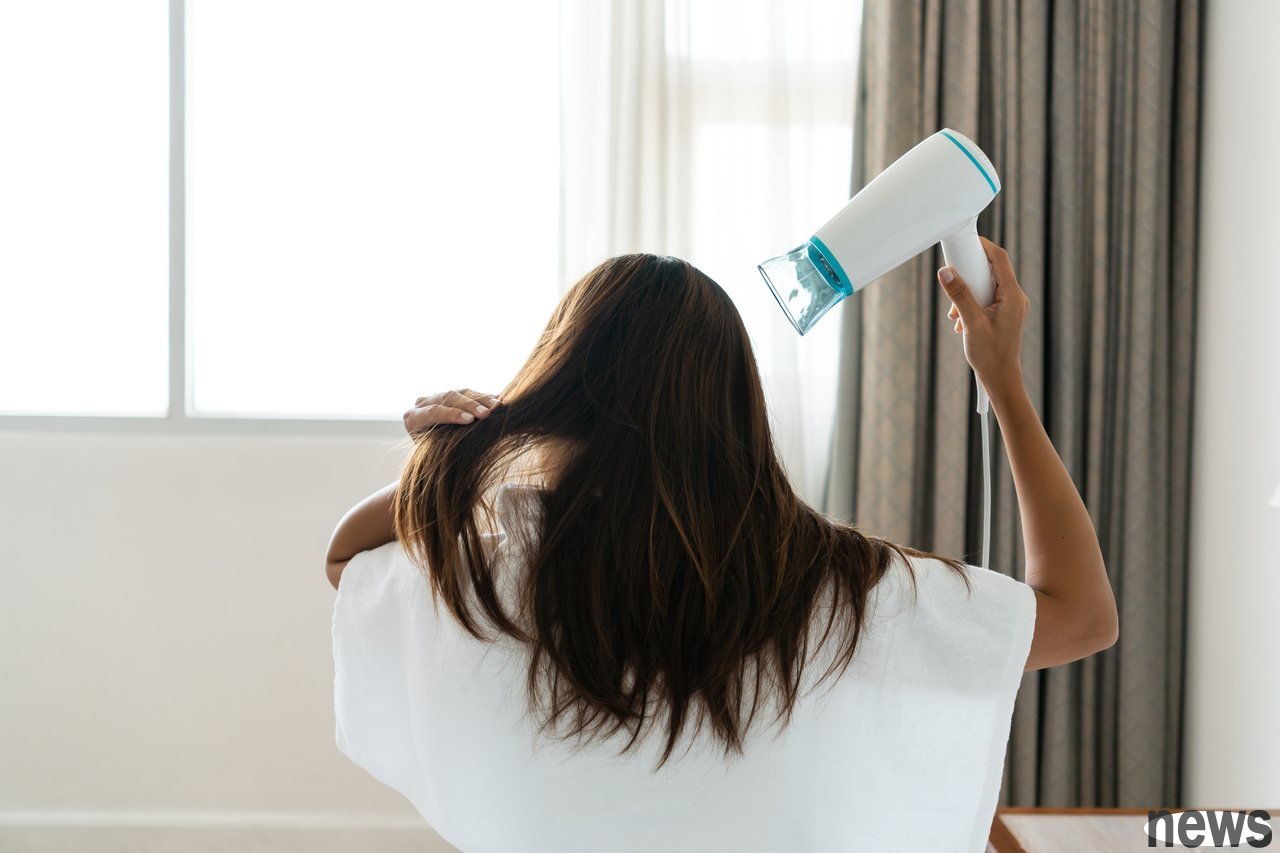
Washing and blow-drying hair is something that many people do every day, but you know that if you wipe and blow-dry it in the wrong way, it may damage your hair and even increase the risk of hair loss. Japanese cosmetic plastic surgeon Soichiro Kondo shares with you the knowledge of care after washing your hair in this article.
Don’t rub your hair vigorously with a towel after washing your hair.Doctors explain that from a medical and scientific point of view, rubbing vigorously with a towel will cause damage to your hair and scalp:
{99 9}1. Harm to hair
The surface of hair is covered with a layer of scales called "cuticle", which plays an important role in protecting the inside of the hair. When washing your hair, the cuticle will expand when it comes into contact with water. At this time, the hair is very fragile. If you rub it vigorously with a towel, it may cause the cuticle to fall off or be damaged. Once the cuticle is damaged, it cannot repair itself, and the internal structure of the hair loses protection. It is prone to dryness, loss of luster, split ends, breakage and fading.
2. Harm to the scalp
Doctors also remind you not to scrub your scalp with your nails, and avoid rubbing your scalp with a towel. Otherwise, slight scratches can easily cause skin inflammation, itching and dandruff. In severe cases, it can also lead to hair loss and thinning.
The correct way to wipe your hairThe key is to gently absorb the moisture with a towel instead of rubbing it. First, gently squeeze the hair roots to the ends with your hands to remove most of the water and reduce the drying time of the hair. Then cover the scalp with a towel and gently massage or pat with your fingers. This will dry the hair roots without friction and is beneficial to the blood circulation of the scalp.
Be careful not to clamp the hair and slide the towel to dry the hair. This will cause damage to the hair scales. Master the principle of gently patting with a towel to absorb water. Highly absorbent materials will help get twice the result with half the effort.
Preparation for blow-dryingThere are also techniques for blow-drying. It is recommended to apply no-rinse hair oil or hair lotion from the middle to the ends of the hair to prevent the cuticle from being damaged by the hot air of the hair dryer. Use a wide-tooth comb or your fingers to comb the knotted part of the hair.
Long-term exposure to high temperatures will damage your hair, so it is very important to shorten the time you spend blowing your hair. You should start drying from the scalp and hair roots. During the process, the hair dryer should be kept about 15 to 20 centimeters away and continue to shake slightly, so that the heat will not be concentrated in one place and reduce damage to the hair and scalp.
When blowing the hair tips, blow from top to bottom in the direction of the hair scales. When the hair is about 80 to 90% dry, adjust the hair dryer to cold air. This step can help tighten the hair scales and lock in the moisture and nutrition of the hair.

Some people may ask, if you let your hair dry naturally, can your hair be protected from damage?
Doctors say this is a misconception. The hair cuticle will close as water evaporates, but it takes a long time to dry naturally, which reduces the degree of closure of the cuticle and greatly reduces its protective function.
In addition, the moisture needed inside the hair will also be lost during the process, and the hair will become dry and brittle. If it is stimulated by friction or ultraviolet rays, it will cause irreversible shedding of the cuticle.
In addition, if the scalp is left in a moist environment for a long time, it is easy to breed sebum and bacteria (Bacillus dandruff). In severe cases, the scalp will produce an unpleasant odor, or cause symptoms such as itching, dandruff, and redness, and even increase the risk of skin diseases such as seborrheic dermatitis.
Moisture can also cause poor blood circulation in the scalp, making it difficult for the oxygen and nutrients needed by the hair to reach the hair follicles, causing the hair to lose elasticity and strength, and increasing the chance of hair loss.